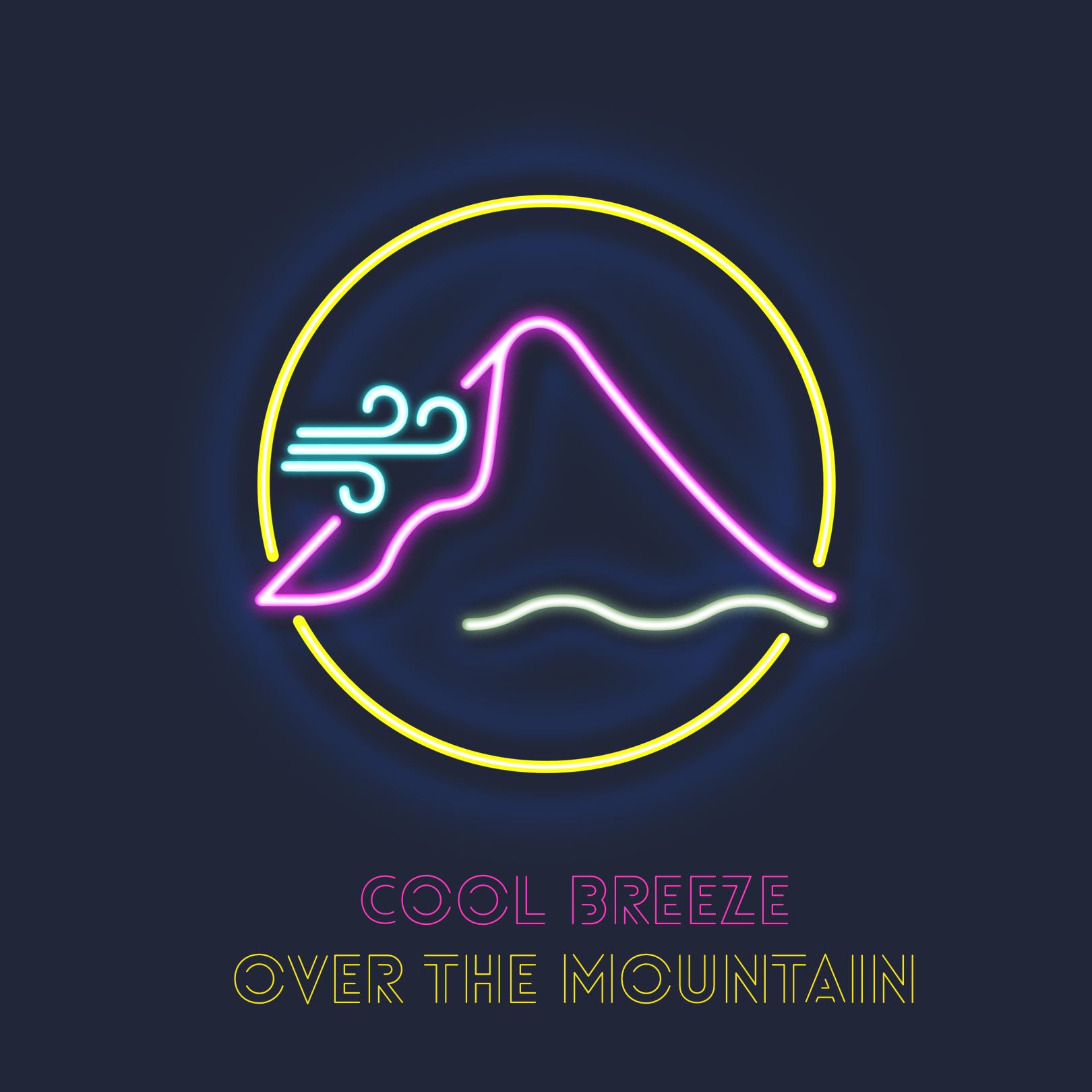
pranayama
+
breathing exercises
• breathing exercises •
vs pranayama
What’s the difference?
Breathing exercises encompass a range of dynamic techniques that energise and unblock the physical, mental, and emotional system – characteristically they almost always involve some sort of hyperventilation, and use up energy. Pranayama practices can also be used to energise and unblock the systems, but they have an added benefit of working on a subtle energetic level too, expanding your energy by expanding and lengthening your breath, which in turn enables a person to achieve a deep level of relaxation and meditation.
The breathwork and pranayama sessions are about firing up the system so we can help it calm down. First we unblock, then we purify, and then we harmonize. These practices will also help re-set your body’s natural breathing pattern so you instinctively breath more efficiently and effectively.
PRANA = LIFE FORCE/BREATH
YAMA = CONTROL/RESTRICTION
AYAMA = EXPANSION/EXTENSION
PRANAYAMA = Affecting the the breath through expansion.
• nasal breathing •
the benefits
“The mouth is for eating, the nose is for breathing – do not mix the two up!”
The incoming air is filtered, taking out dust, particles, pollen etc… it is moisturised and warmed, and nitric oxide is produced in the nasal cavity this has many health benefits:
- Dilates the bronchi and cardio vascular system
- Blood flows better, oxygenating the body better
- Improves immune system and kills viruses
- Pranayama techniques that cause the nasal passage to vibrate increases Nitric Oxide production x 15
- Nasal breathing helps with one-point attention because you can feel air enter the nasal cavity
- You can keep everything still which is better for meditation
- It forces us to breathe slower because less air can go through the nose than through an open mouth
Strong and deep breathing techniques activate the sympathetic nervous system; activating resetting and unblocking the mind, energy and emotional systems. Slow and calm breathing techniques activate the parasympathetic nervous system; inducing a state of deep relaxation.
Note to those interested in the Wim Hoff Method:
It is essential to ALWAYS follow strong or deep practices with slow and calm techniques to harmonize and balance the entire system.
Pranayama is conscious breathing, and the most important part of it is the exhalation. We must pay close attention to the body during practice as problems can only arise if we do not recognise or attend to a negative bodily reaction. There should never be any tension when we breathe, and we should not suppress the body’s natural urges. If you feel the need to take a quick breath between long slow breaths YOU MUST DO THIS, there is nothing to be gained by suppressing the urge.

Get in touch!
I’d love to hear from you if you have any questions about starting a new practice, resuming a lapsed practice or maybe you would just like to know a bit more about what’s involved. Whatever your enquiry – please do get in touch and I’ll get back to you within 48 hours.





Contact Kerry
At cool breeze breathwork +yoga
07837897195
hello@coolbreezeoverthemountain.com
hello@43kcreative.com

